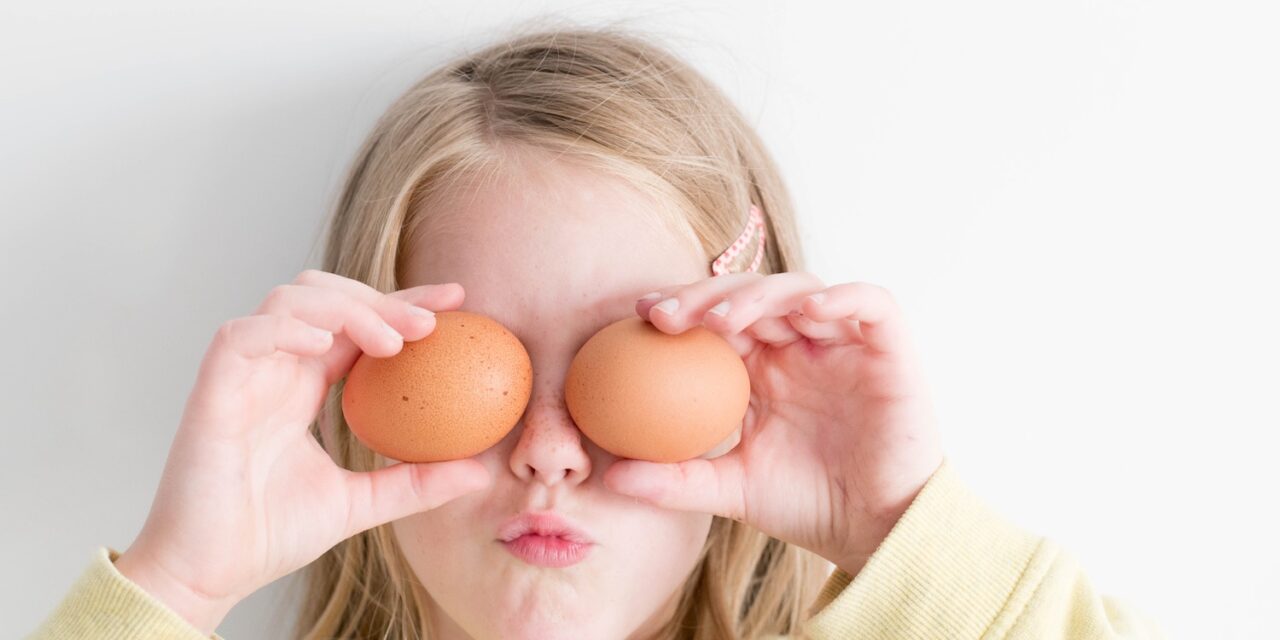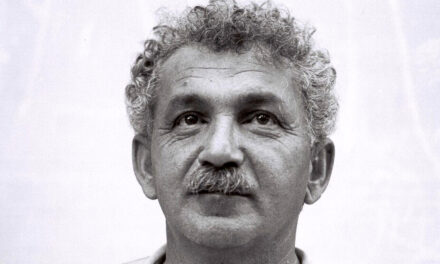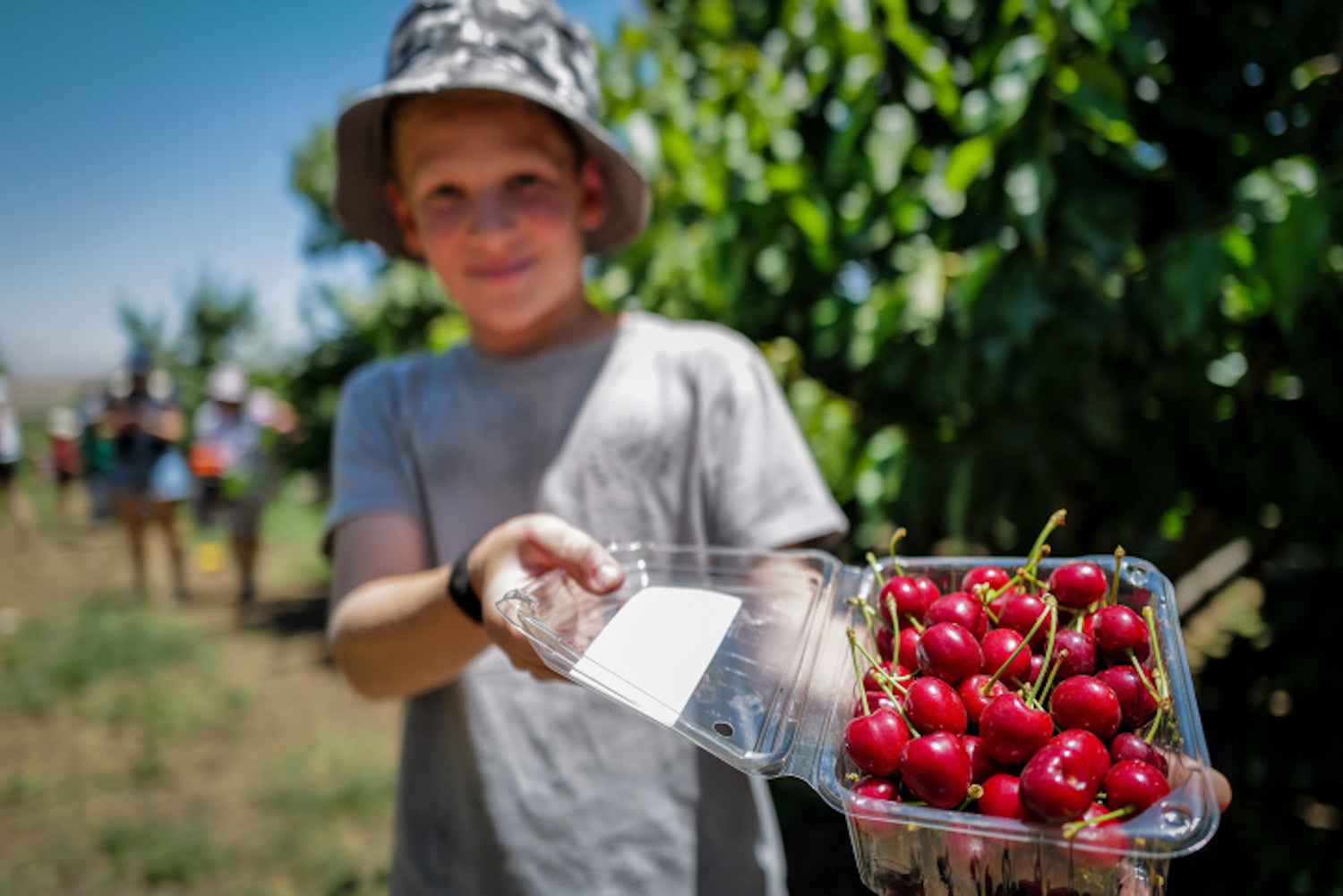By NAOMI ROSS,
author of The Giving Table Passover cookbook
Folding chairs lined the hallway wall like dutiful soldiers in expectation of arriving guests. Unfamiliar, dusty boxes of pots and china were stacked high, their contents waiting to make their annual appearance on the dining room table. As a child, the anticipation during those momentous days leading up to Passover was palpable. I couldn’t help but sense the urgency – something big was imminent and I wanted to be a part of it. Fortunately for me, my mother was adept at putting me to work, getting me involved in the preparations, and effectively igniting a spark in her daughter to experience the excitement of the holiday. As a parent, I’ve realized the mitzvah (commandment) of educating your children about the story of the exodus from Egypt begins earlier– not at the seder, but before, in the kitchen.

Photo by Hannah Tasker of Unsplash
Children learn experientially (and so do adults!). They need to engage all of their senses to really internalize a concept or lesson. That’s why we hold up the shank bone, the matzah and the bitter herbs – our seders come complete with props and visual aids! How do we pass on our traditions and customs in a way that is meaningfully relevant to the next generation? It happens first by inviting them to take part in the preparations and cooking, fostering a feeling of being invested in the holiday experience. That is what makes Passover real for them. The door to meaningful conversations is opened there in the kitchen, while peeling apples or rolling matzah balls.
There are many jobs that are perfect for this purpose and are appropriate for a wide range of ages. Here are few suggestions:
• Making Charoset
As a child, I thought making charoset was an all-day process. Peeling, coring and chopping the apples took forever. Chopping nuts in our little manual glass jar chopper was such hard work for a little one that by the time I finished, I felt as though I were enslaved in Egypt, too! Truth be told, it was the perfect job – it kept me busy for a long time and I felt very accomplished afterward. Come seder night, I was incredibly proud to pass around the charoset that I made myself.
* Safety Tip: For younger children for whom sharp knives are inappropriate, an old-fashioned hand-held chopper and a large chopping bowl are the way to go.
• Peeling hardboiled eggs – kids think this is fun. I have no idea why, but they do…so teach them how and let them.
Setting the table — There are many more things to prepare on the seder table than for a regular meal: assembling Haggadahs, pillows for reclining, salt water, and preparing the seder plate all take time. If your children are creative, they can create pretty folded napkins or handmade place cards.
• Cooking and Baking – for older kids who are able to follow a recipe (or interested in learning), this is a great opportunity to teach your kids basic lessons in cooking and baking. I still remember being called over to help taste and season a simmering dish; and it was in my mother’s Passover kitchen that I learned how to beat egg whites into “stiff peaks” for baking Passover sponge cakes.
No matter how you enlist your children, the real secret to getting them involved is by showing your own interest and excitement. When your kids see you enjoying yourself and getting into the spirit, then they will follow suit and reflect that joy into your home.
Consider giving your holiday menu a refresh with some modernized twists on traditional recipes from my cookbook, The Giving Table!








